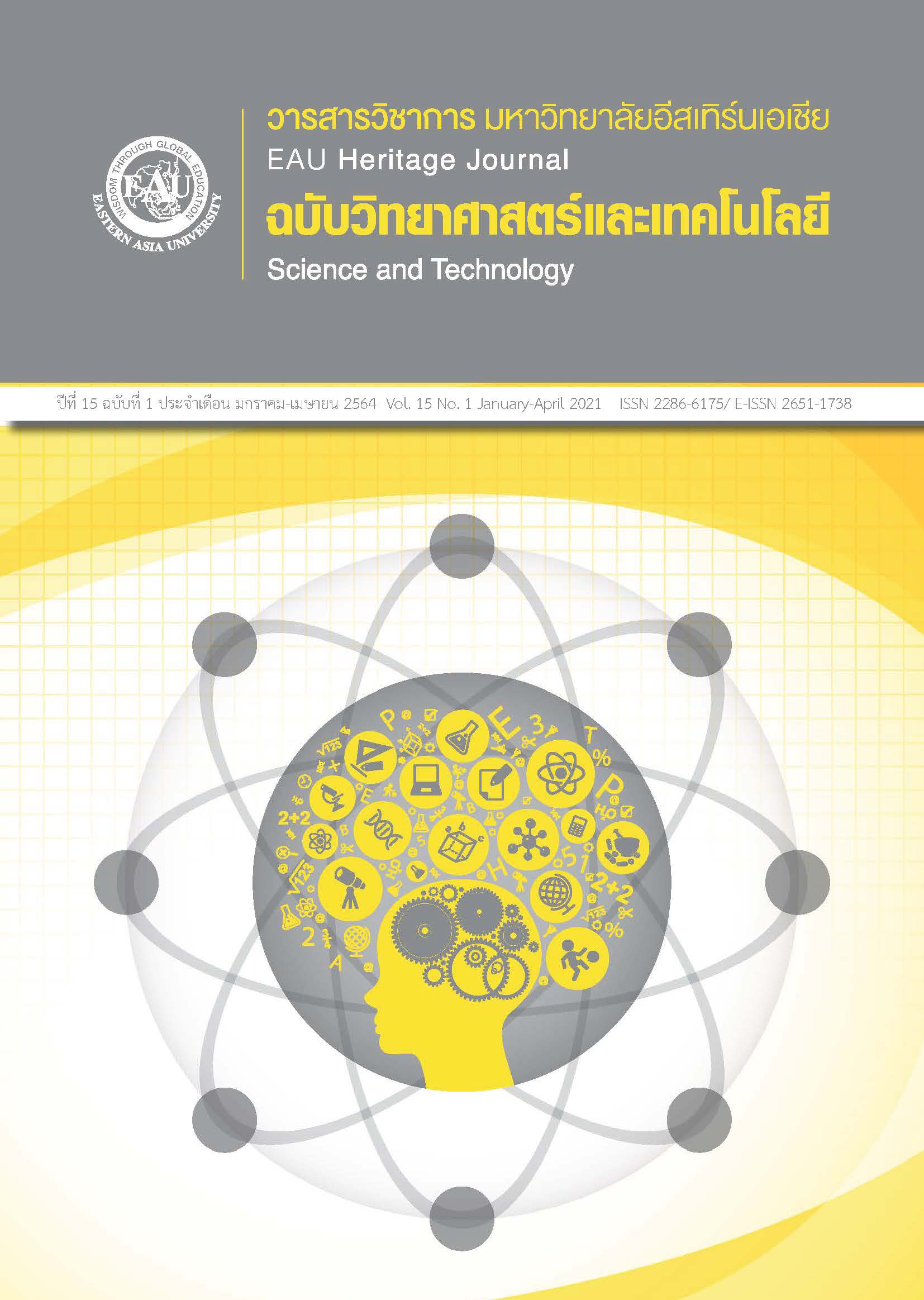การตรวจเมทแอมเฟตามีนจากตัวอย่างปัสสาวะ น้ำดี และอาหารในกระเพาะโดยไม่สกัดด้วยวิธีเพเพอร์สเปรย์แมส สเปคโตรเมตรี
คำสำคัญ:
เพเพอร์ สเปรย์ แมส สเปคโตเมตรี, ออบิแทรพ, เมทแอมเฟตามีน, น้ำดี, อาหารในกระเพาะบทคัดย่อ
การตรวจเมทแอมเฟตามีนจากตัวอย่างชีววัตถุในห้องปฎิบัติการพิษวิทยาจะใช้กระบวนการตรวจสอบ 2 ขั้นตอน คือ การตรวจเบื้องต้น เช่น วิธีทางภูมิคุ้มกันวิทยา เมื่อตัวอย่างได้ผลบวกสารกลุ่มแอมเฟตามีนจะถูกตรวจในระดับยืนยันด้วยวิธีลิควิดโครมาโตรกราฟฟี (LC-MS/MS) ซึ่งเป็นวิธีที่นิยมมากที่สุดเนื่องจากมีความไวและความจำเพาะในการตรวจยืนยันยาและสารเสพติดได้หลายชนิด และสามารถตรวจแบบปริมาณวิเคราะห์ได้ดี แต่ใช้เวลาในการวิเคราะห์ต่อตัวอย่างนาน สำหรับเพเพอร์สเปรย์แมสสเปคโตเทตรี ชนิดออบิแทรพ (Paper Spray Mass Spectrometry--PS-MS, orbitrap) เป็นวิธีการใหม่ในการตรวจยาและสารต่าง ๆ การศึกษานี้มีวัตถุประสงค์เพื่อศึกษาความเป็นไปได้ในการตรวจเมทแอมเฟตามีนจากตัวอย่างปัสสาวะ น้ำดีและอาหารในกระเพาะโดยไม่สกัดด้วยวิธี PS-MS (orbitrap) เพื่อเป็นแนวทางในการพิจารณาเลือกใช้วิธีตรวจพิสูจน์ที่เหมาะสม ผลการศึกษาพบว่า ปัสสาวะเหมาะกับการตรวจเชิงคุณภาพและเชิงปริมาณด้วยวิธี PS-MS (orbitrap) เนื่องจากให้ค่า limit of detection และ limit of detection confirmed ต่ำ คือ 1 และ 250 นาโนกรัมต่อมิลลิลิตรตามลำดับ ส่วนการตรวจชีววัตถุประเภทน้ำดีและอาหารในกระเพาะในเชิงคุณภาพพบว่ายังไม่เหมาะสม และให้ค่าผลลบลวงสูง โดย %true positive rate 3 พารามิเตอร์เท่ากับ 58.82 และ52.94 ตามลำดับ ซึ่ง อาจแก้ไขได้โดยปรับเปลี่ยนสูตรสารละลายเพเพอร์สเปรย์ (paper spray solvent) ที่สามารถสกัดเมทแอมเฟตามีนออกจากตัวอย่างน้ำดีและอาหารในกระเพาะได้ดีกว่านี้
เอกสารอ้างอิง
Agarwal, A., & Lemos, N. (1996). Significance of bile analysis in drug-induced deaths. Journal of analytical toxicology, 20(1), 61–63. https://doi.org/10.1093/jat/20.1.61
Amplatz, B., Zöhrer, E., Haas, C., Schäffer, M., Stojakovic, T., Jahnel, J., & Fauler, G. (2017). Bile acid preparation and comprehensive analysis by high performance liquid chromatography-high-resolution mass spectrometry. Clinica Chimica Acta; International Journal of Clinical Chemistry, 464, 85–92. https://doi.org/10.1016/j.cca.2016.11.014
Bévalot, F., Cartiser, N., Bottinelli, C., Guitton, J., & Fanton, L. (2016). State of the art in bile analysis in forensic toxicology. Forensic science international, 259, 133–154. https://doi.org/10.1016/j.forsciint.2015.10.034
Bierly, J., & Labay, L. M. (2018). The utility of bile in Postmortem Forensic Toxicology. Academic forensic pathology, 8(2), 324–327. https://doi.org/10.1177/1925362118782073
Cabinet and Royal Gazette Publishing Office. (2017). Notification of the Ministry of Justice Regarding rules, procedures, and conditions for inspection or testing of the examination or testing are there drugs in the body, B.E. 2560. Retrieved from http://www.oic.go.th/fileweb/cabinfocenter2/drawer051/general/data0000/00000738.pdf
Chiang, S., Zhang, W., & Ouyang, Z. (2018). Paper spray ionization mass spectrometry: Recent advances and clinical applications. Expert Review of Proteomics, 15(10), 781–789. https://doi.org/10.1080/14789450.2018.1525295
Espy, R. D., Teunissen, S. F., Manicke, N. E., Ren, Y., Ouyang, Z., van Asten, A., & Cooks, R. G. (2014). Paper spray and extraction spray mass spectrometry for the direct and simultaneous quantification of eight drugs of abuse in whole blood. Analytical Chemistry, 86(15), 7712–7718. https://doi.org/10.1021/ac5016408
Ferner, R. E., & Aronson, J. K. (2018). The toxicological significance of post-mortem drug concentrations in bile. Clinical toxicology (Philadelphia, Pa.), 56(1), 7–14. https://doi.org/10.1080/15563650.2017.1339886
Karch, S. B. (2007). Postmortem toxicology of abused drugs. Boca Raton: CRC Press.
Levine, B. (2013). Principles of forensic toxicology (4th ed.). Washington: AACC Press.
Liu, J., Wang, H., Manicke, N. E., Lin, J. M., Cooks, R. G., & Ouyang, Z. (2010). Development, characterization, and application of paper spray ionization. Analytical Chemistry, 82(6), 2463–2471. https://doi.org/10.1021/ac902854g
Manicke, N. E., & Belford, M. (2015). Separation of opiate isomers using electrospray ionization and paper spray coupled to high-field asymmetric waveform ion mobility spectrometry. Journal of the American Society for Mass Spectrometry, 26(5), 701–705. https://doi.org/10.1007/s13361-015-1096-z
McKenna, J., Jett, R., Shanks, K., & Manicke, N. E. (2018). Toxicological Drug Screening using Paper Spray High-Resolution Tandem Mass Spectrometry (HR-MS/MS). Journal of analytical toxicology, 42(5), 300–310. https://doi.org/10.1093/jat/bky001
Office of the Council of State. (1934). Act promulgating the Criminal Procedure Code B.E. 2477. Retrieved from http://web.krisdika.go.th/data/law/law4/%BB05/%BB05-20-9999-update.pdf
Rhoades, R. A., & Tanner, G. A. (1995). Medical physiology. Boston: Little Brown.
Roberts, M. S., Magnusson, B. M., Burczynski, F. J., & Weiss, M. (2002). Enterohepatic circulation: physiological, pharmacokinetic and clinical implications. Clinical Pharmacokinetics, 41(10), 751–790. https://doi.org/10.2165/00003088-200241100-00005
Rosner, B. (1995). Fundamentals of Biostatistics (4th ed). Boston: Duxbury Press.
Takekawa, K., Ohmori, T., Kido, A., & Oya, M. (2007). Methamphetamine body packer: Acute poisoning death due to massive leaking of methamphetamine. Journal of Forensic Sciences, 52(5), 1219–1222. https://doi.org/10.1111/j.1556-4029.2007.00518.x
Yang, Q., Wang, H., Maas, J. D., Chappell, W. J., Manicke, N. E., Cooks, R. G., & Ouyang, Z. (2012). Paper spray ionization devices for direct, biomedical analysis using mass spectrometry. International journal of mass spectrometry, 312, 201–207. https://doi.org/10.1016/j.ijms.2011.05.013
Zhang, Y., Ju, Y., Huang, C., & Wysocki, V. H. (2014). Paper spray ionization of noncovalent protein complexes. Analytical Chemistry, 86(3), 1342–1346. https://doi.org/10.1021/ac403383d







